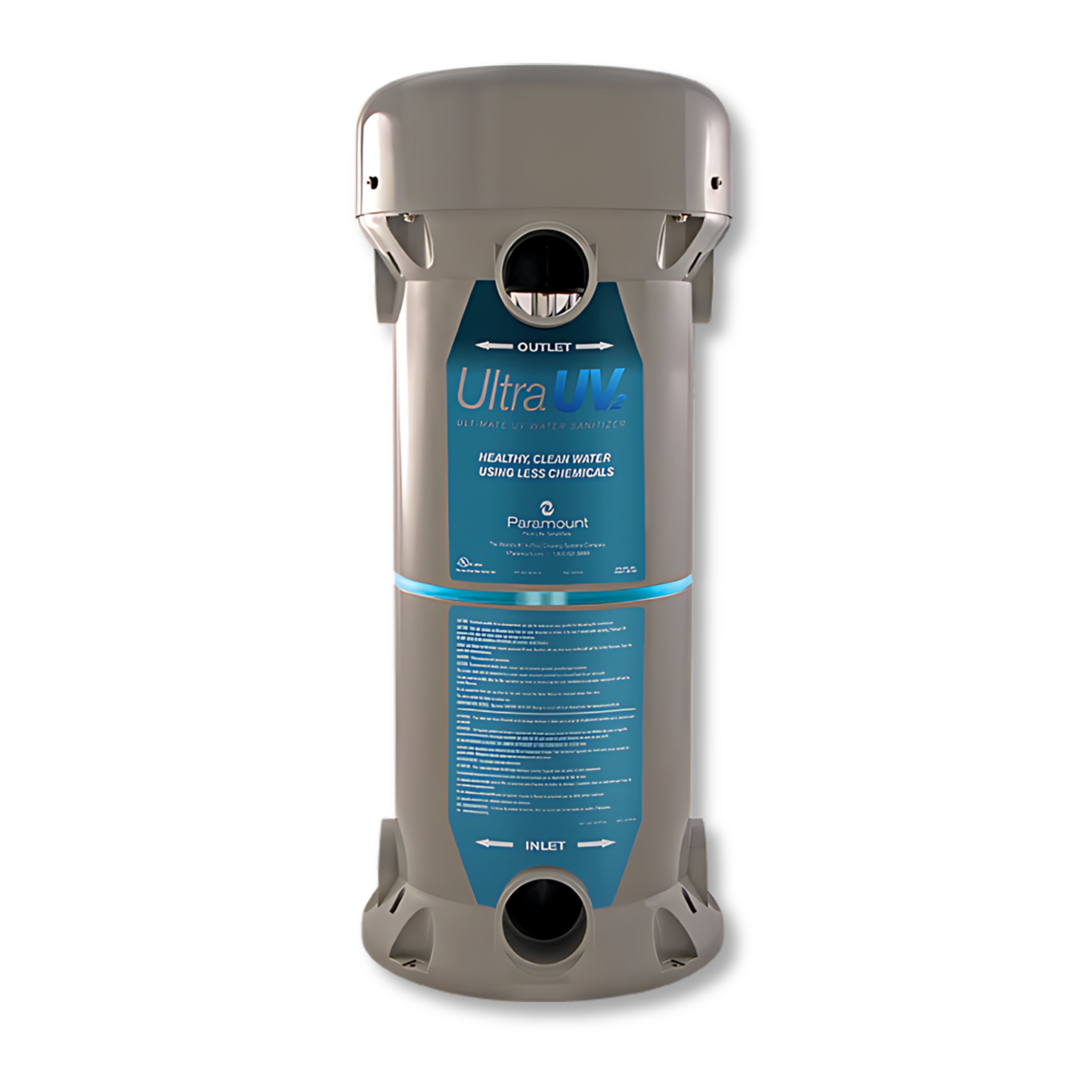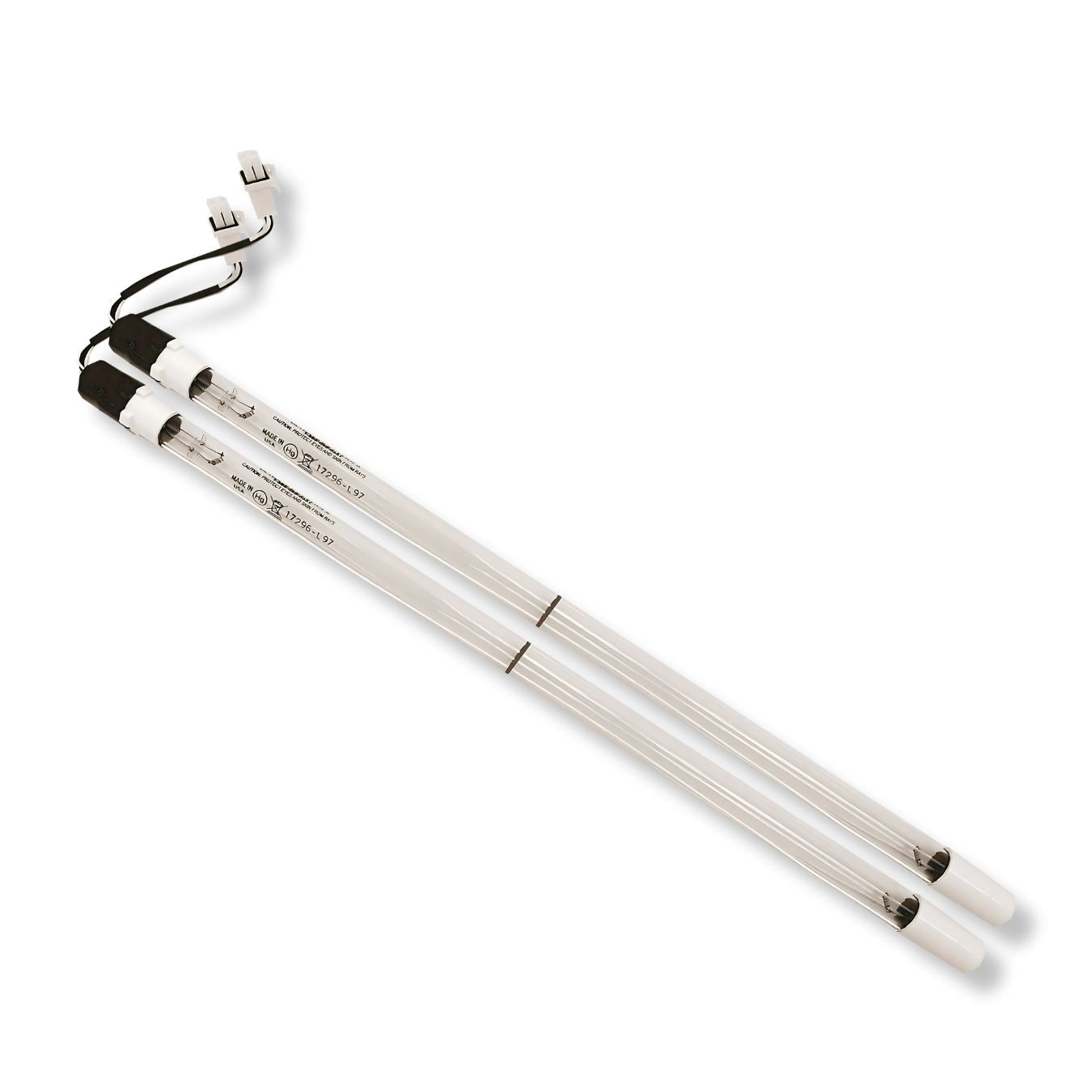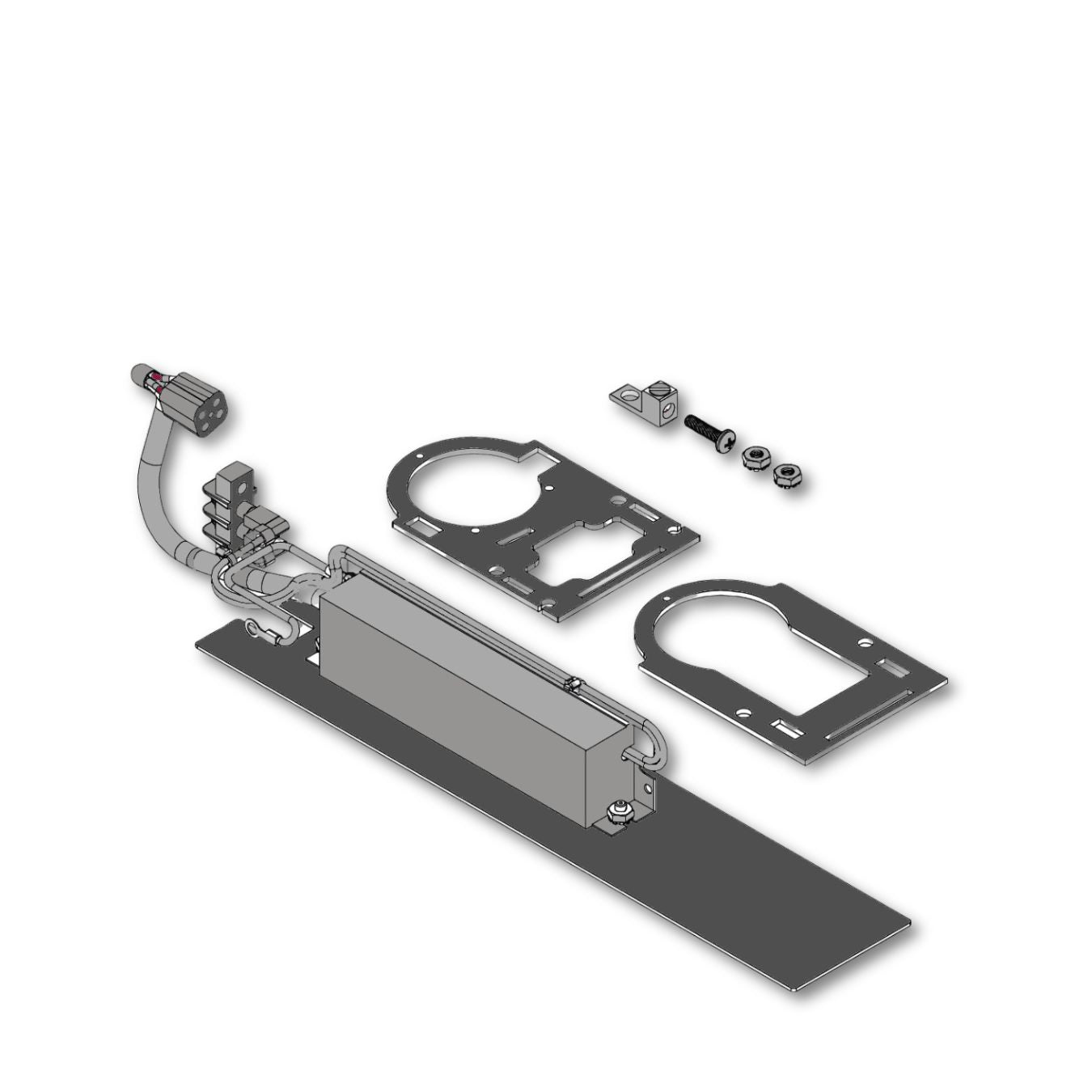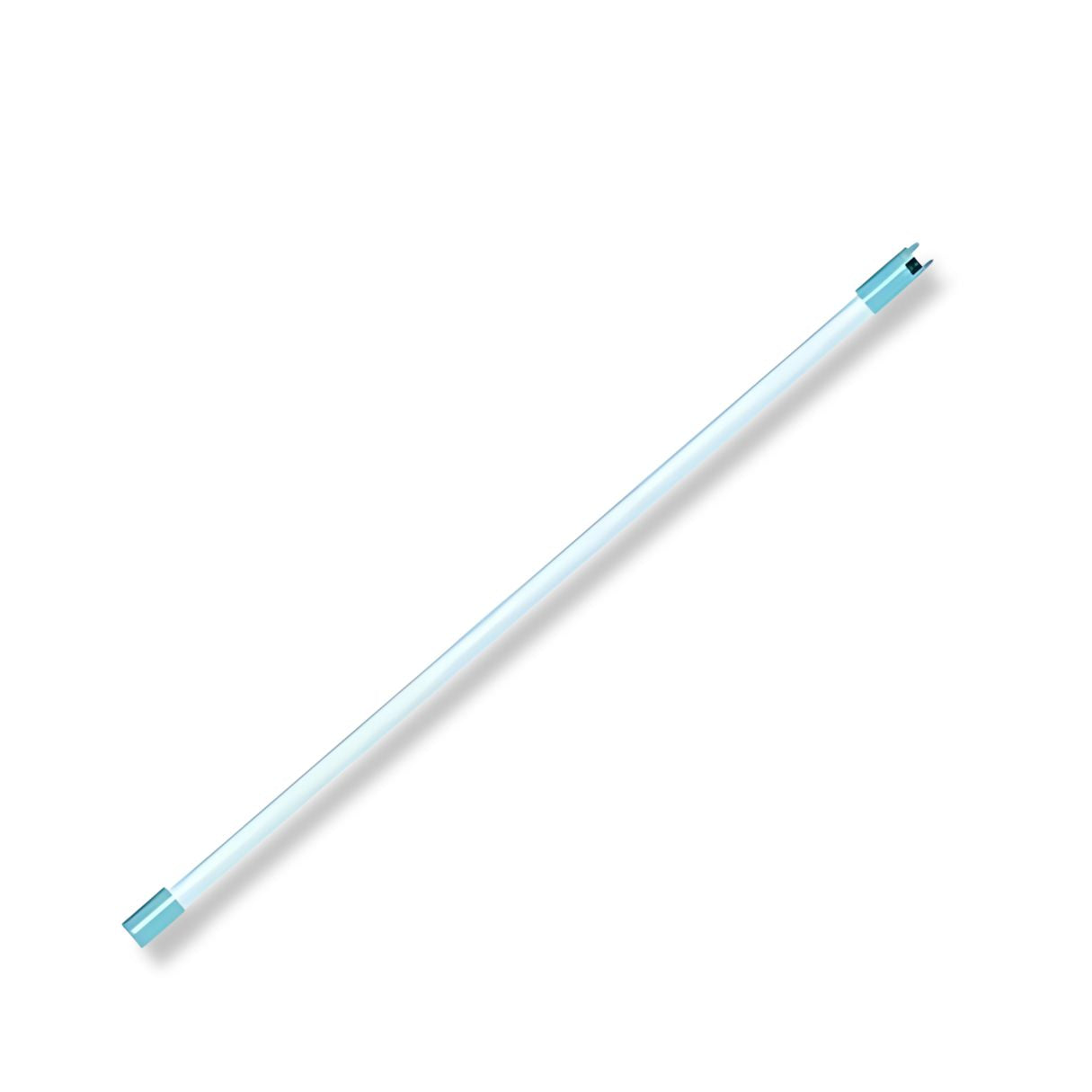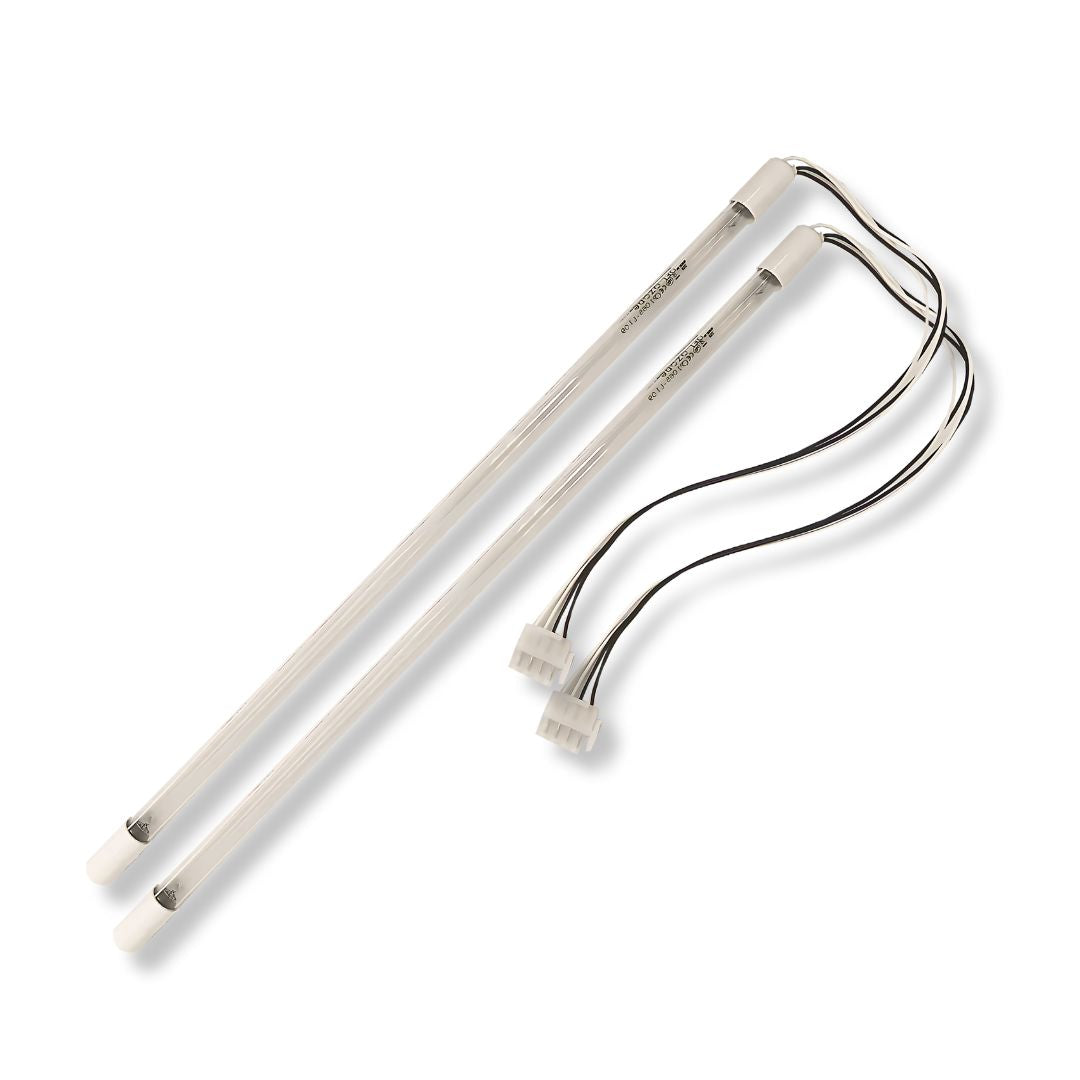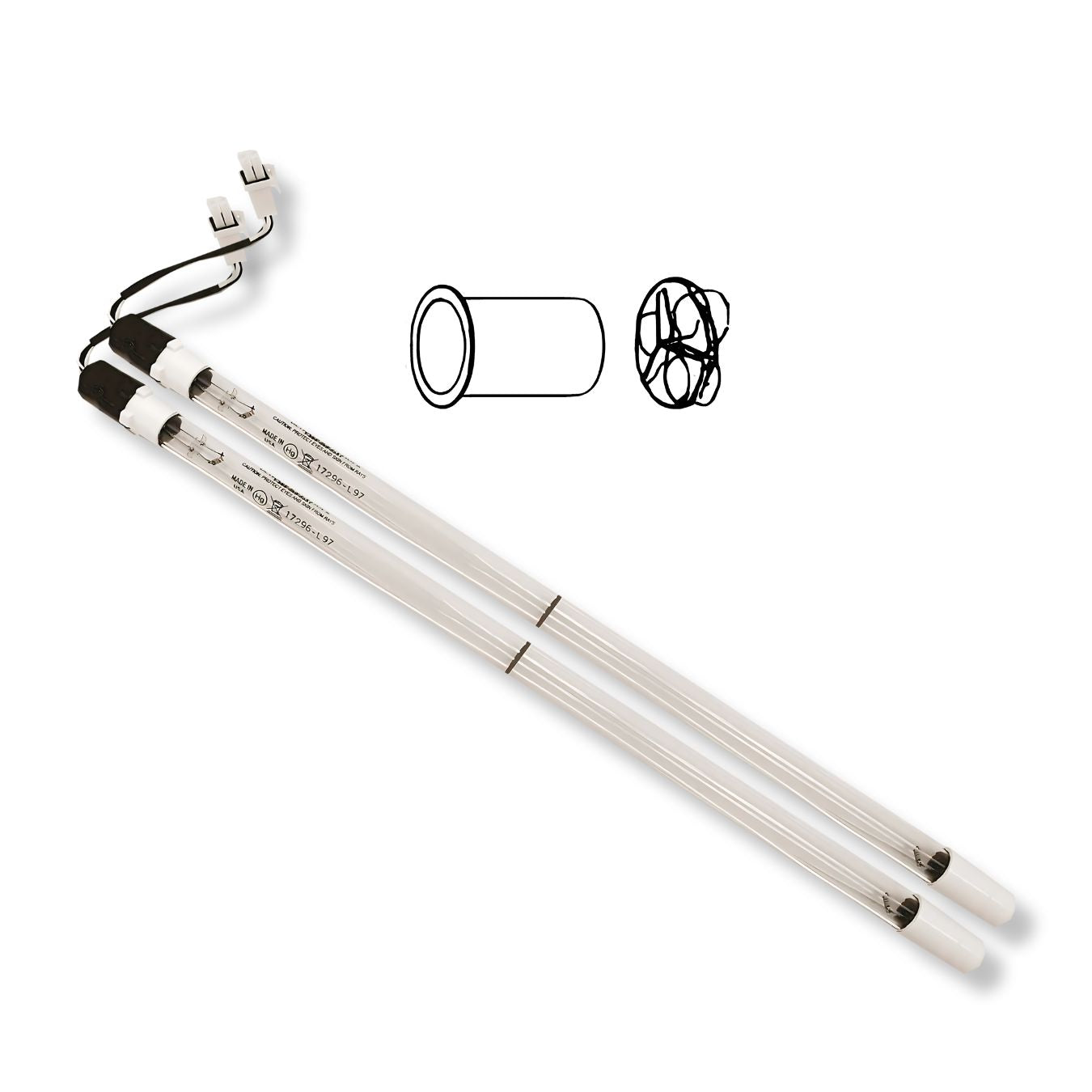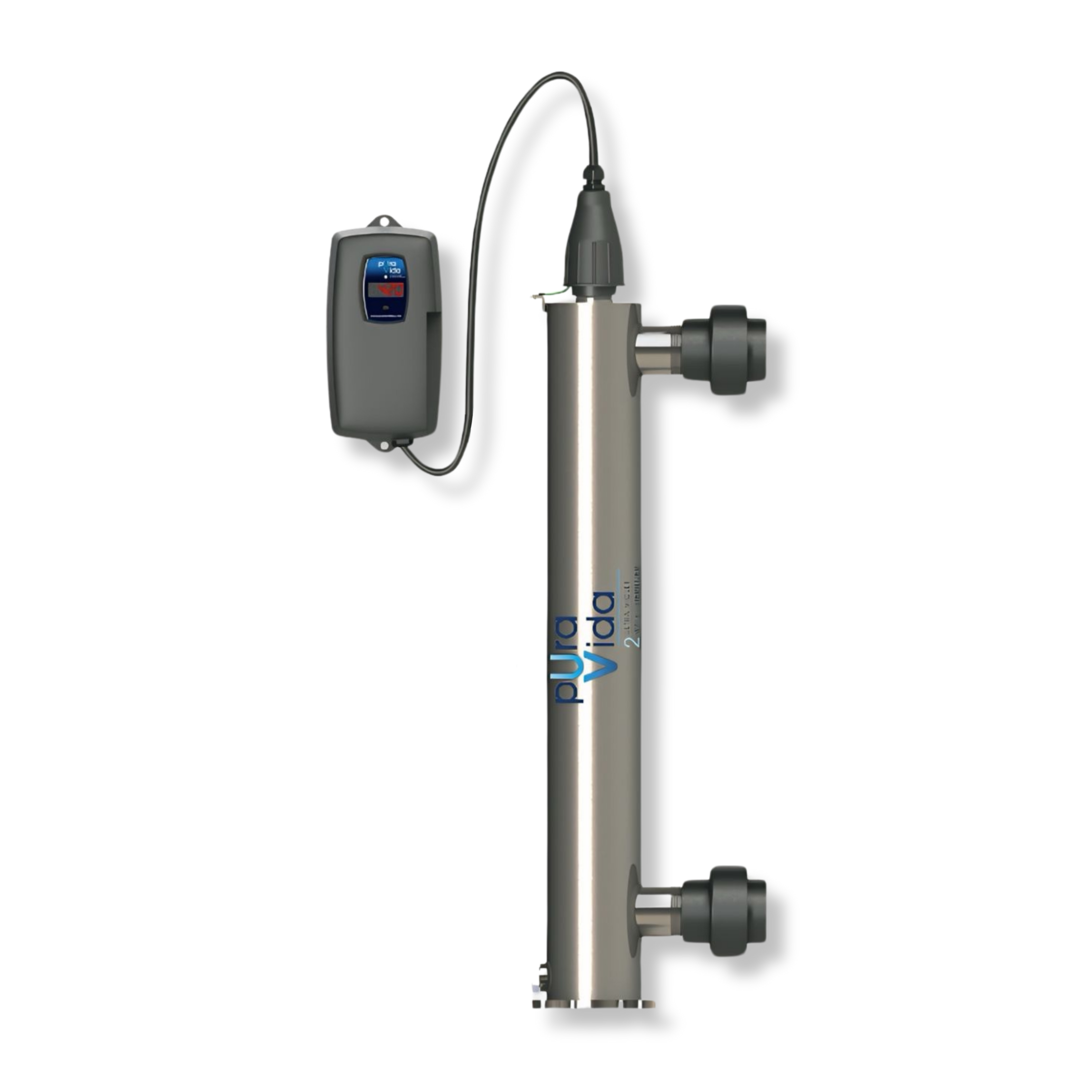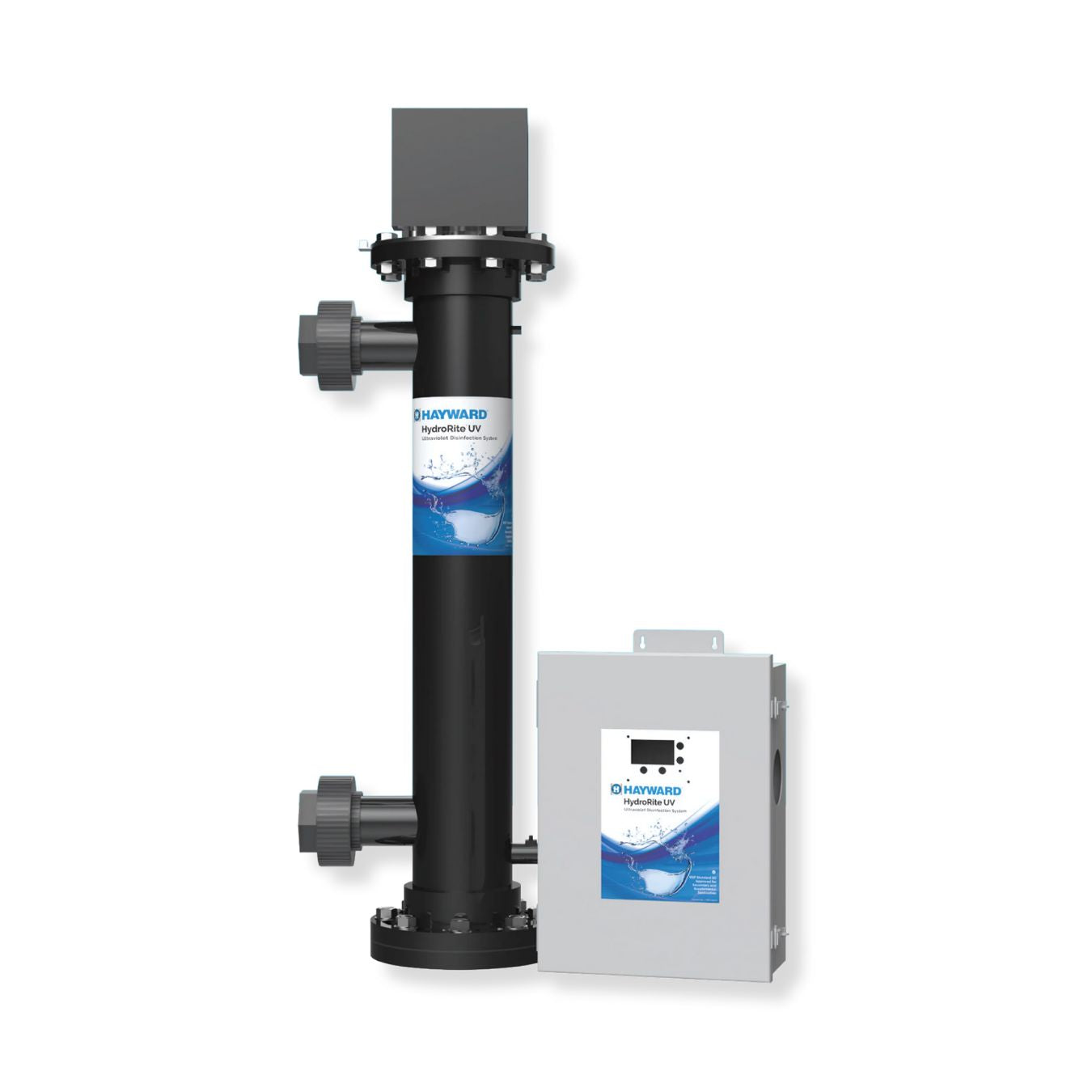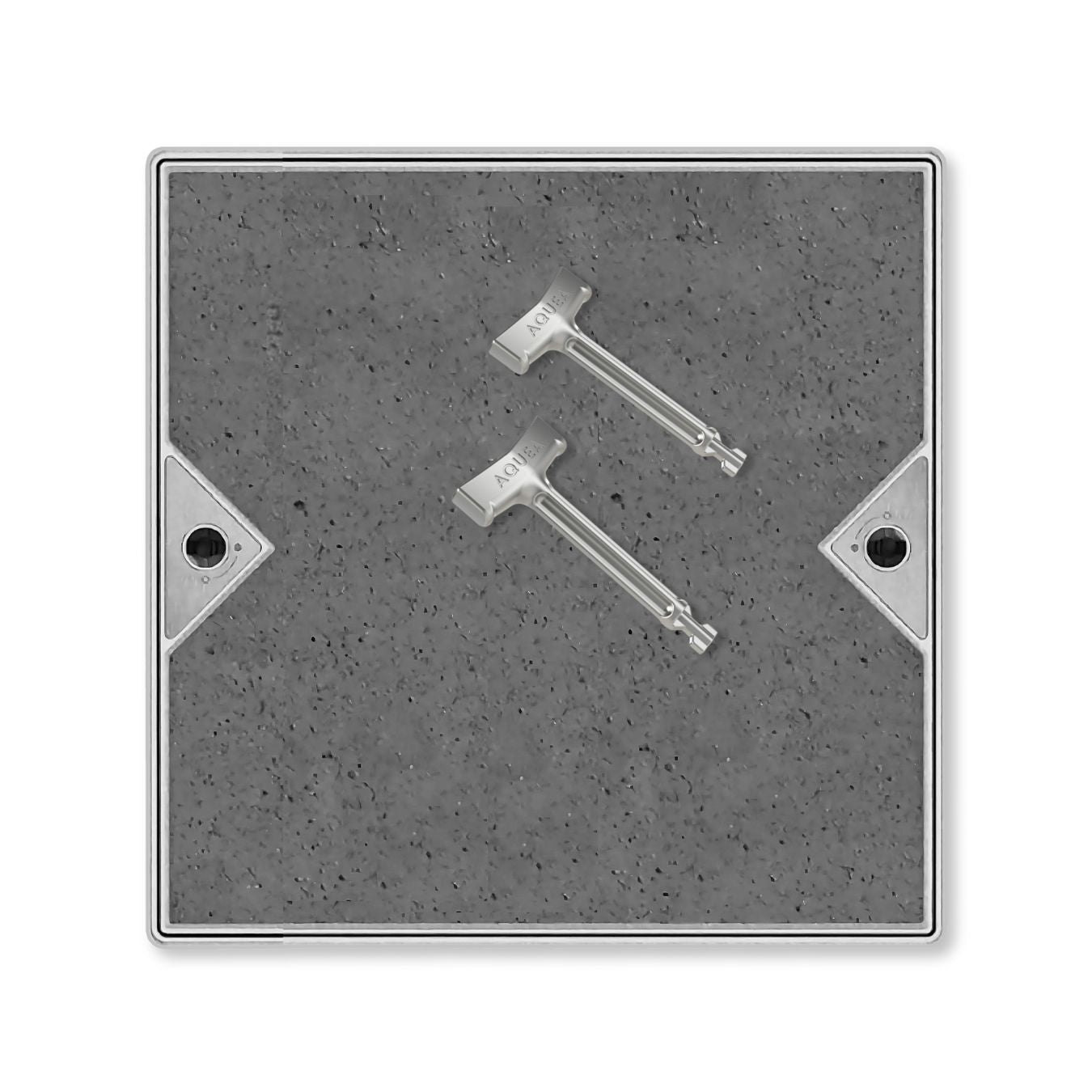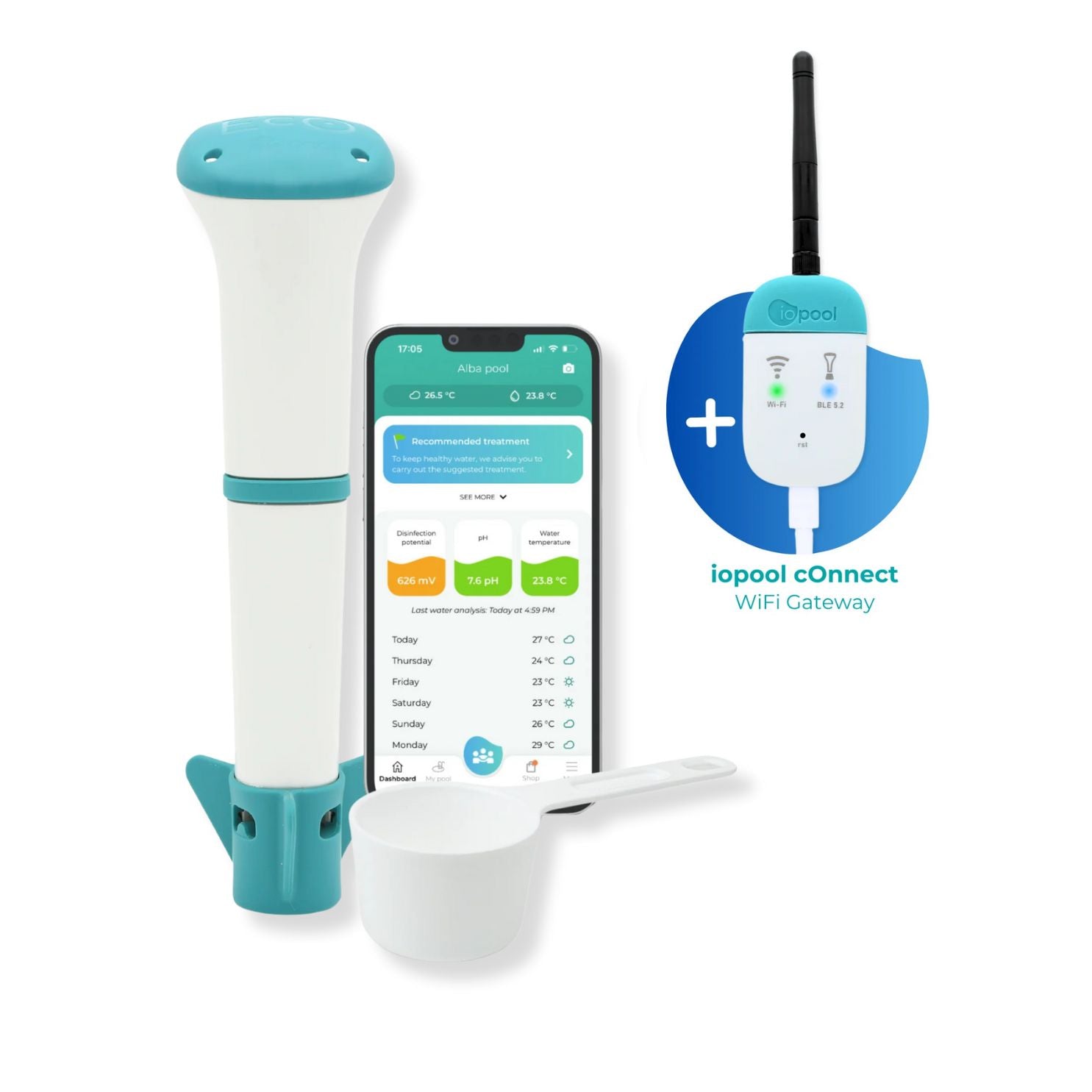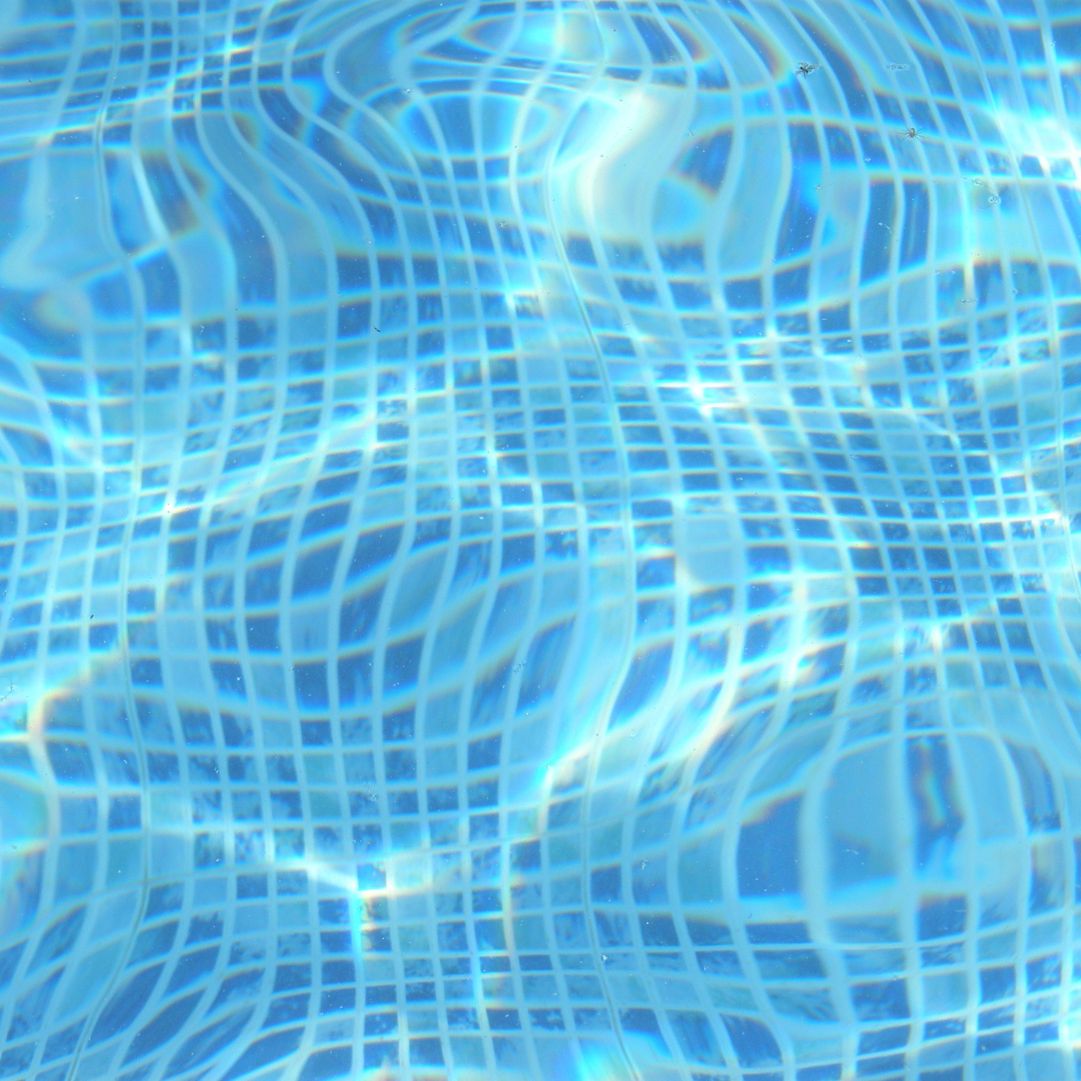
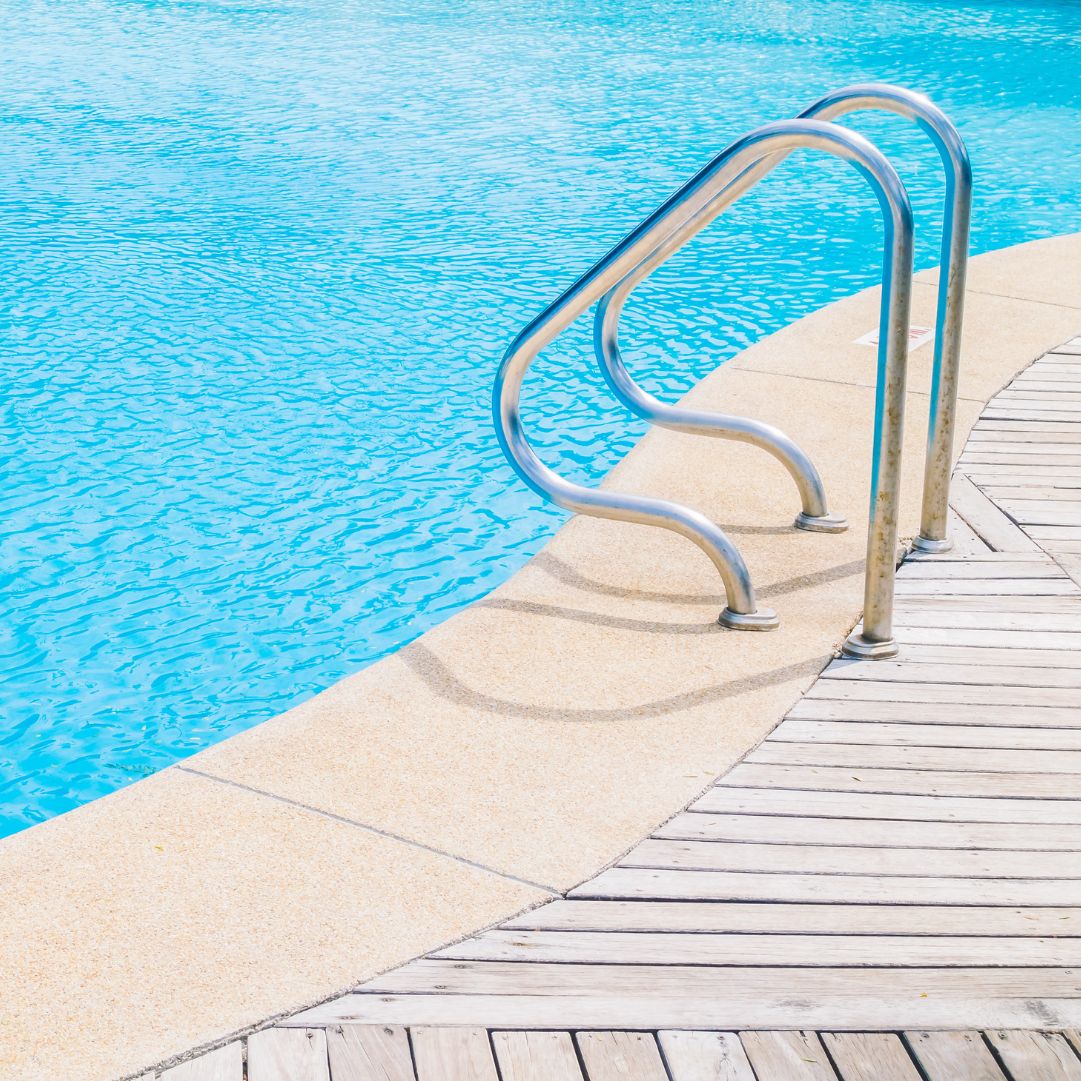
Pool Algae
Getting rid of pool algae can be annoying! Almost every pool owner, at some point or another, has to deal with algae. Not only is it frustrating in terms of appearance, but it can be difficult to eliminate. There are a number of types of algae that can invade your pool, if traditional methods are used, some algae are more difficult to eradicate than others.
First of all it is important to identify the type of algae had invaded your swimming space. In general, there are 3 types of algae that typically invade your pool or spa. Algae is single celled and uses photosynthesis to manufacture its food. In most cases, algae is non viral and poses no concerns to your health, it is simply a nuisance for pool owners.
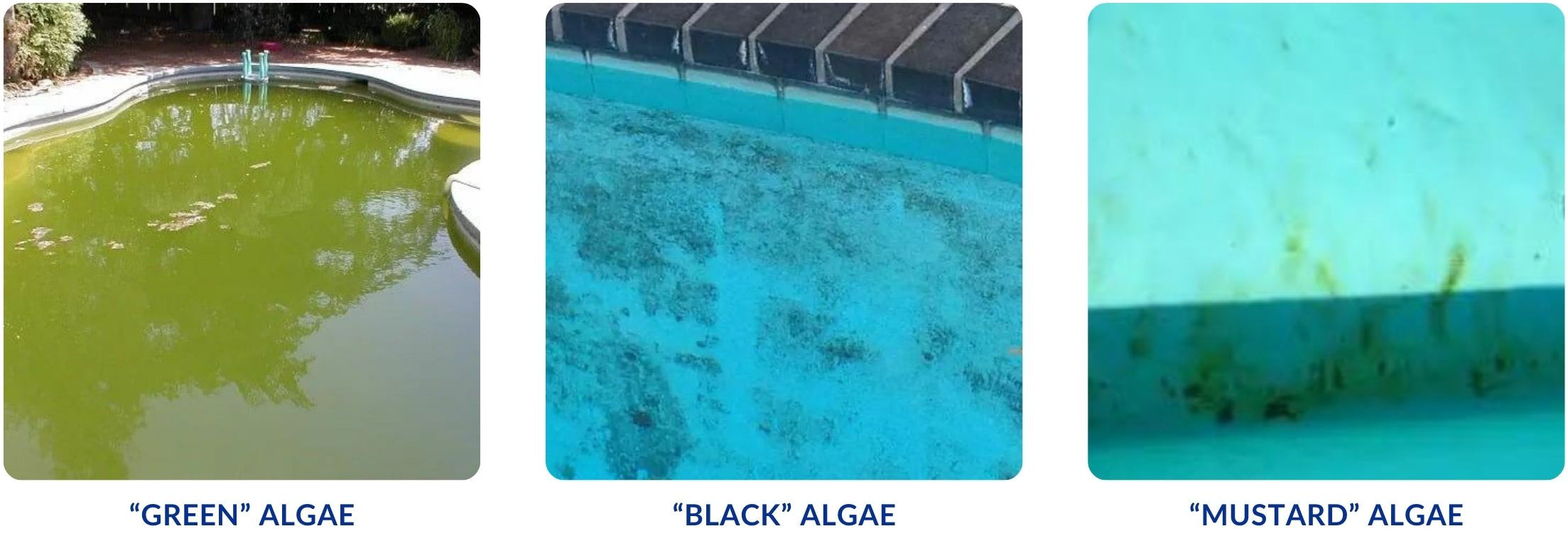
The most common pool algae found is “Green” algae. This form can make your pool look cloudy, or from “algae blooms” (large collection of algae that appears to be a transparent ball of slime) in extreme cases. This particular type will also stick to the walls of your pool, pipes and any equipment. Traditional treatment has included a shock treatment with significant amounts of chlorine and algaecide.
“Black” pool algae is less common, but much more likely to from on plaster and concrete pools, as opposed to vinyl lined. It typically shows up in cracks and crevices in shaded areas of the pool, but is not limited to such. Treatment of black algae includes scrubbing all areas it is present to break the protective slime coating, followed by shock treatments with significant amounts of chlorine and algaecide.
One of the toughest algae invaders to deal with is “Mustard” algae – so named due to is yellowish appearance on the sides and bottom of your pool. Although mustard algae is much more common in warmer climates, it has been known to show up in a few pools in cooler climates.
Mustard algae is tough to deal with because, although it is easy to scrub off the walls and floor of the pool, it can quickly reappear if cleaning has not been thorough. In fact, any pool components (lights, ladders, etc) should be removed and cleaned thoroughly. Furthermore, mustard algae is resistant to chlorine.
Again, traditional treatment includes several shocks with high levels of chlorine and algaecide. Similar to black algae, the slimy protective coating must be penetrated for treatment to be successful.
With a uv pool system, you will no longer need to worry about an algae invading your pool. Since the ultraviolet light disables the single cell DNA, algae cannot manufacture its own food through photosynthesis, thereby eliminating growth and expansion. As long as there is flow, algae will not have a chance to develop.
In the case of green algae, the introduction of the uv pool system will likely be sufficient to clear up the pool once and for all. However, in severe cases it may be necessary to use traditional methods to eliminate the algae from the pool, particularly in the case of mustard algae. However, once it is gone, it will be gone for good with an ultraviolet pool system on duty.

